Chokeberry (Aronia)
The Chokeberry tree/shrub is native to much of the Eastern half of the United states (including Minnesota) as well as Eastern Canada.
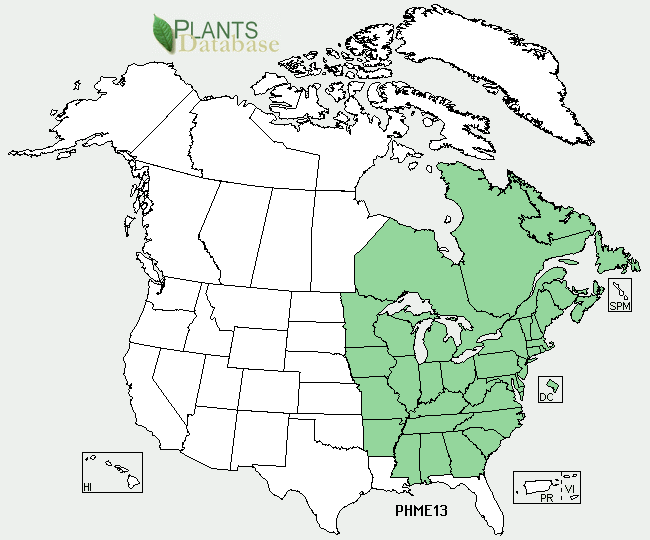
The Red Chokeberry is a multi-stemmed tree or shrub that grows to about 6 to 12 feet tall. It is commonly used for landscaping for its vibrant red color it turns to in the fall. It is also very hardy and can tolerate shade and overly wet soil. The fruit are eaten by many bird species during the winter and the flowers tend to attract butterflies in the spring.
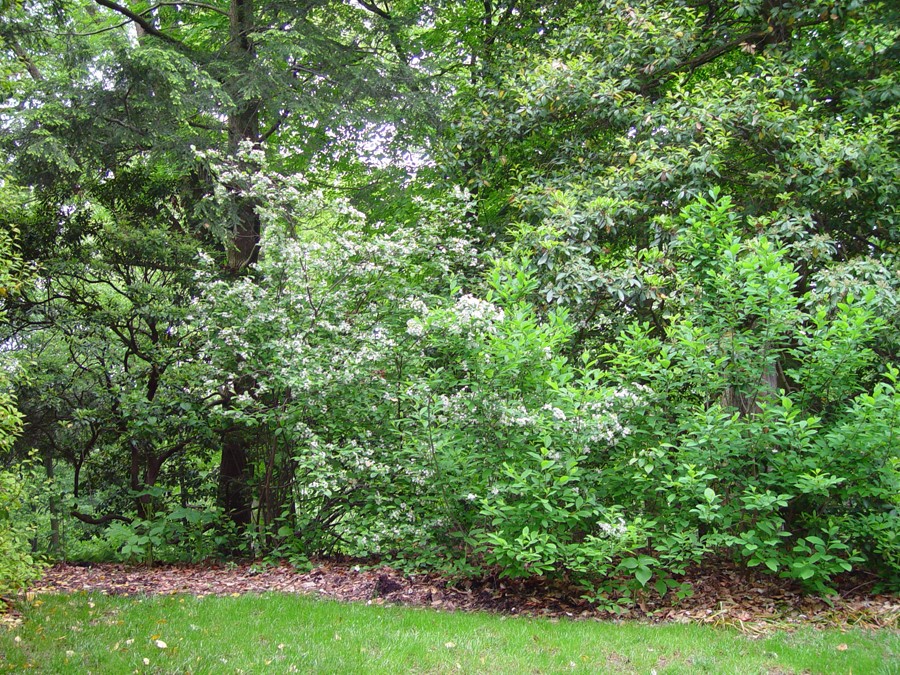
The bark is a reddish-brown color when it is young but changes to more of a grayish-brown as it ages. The leaves are simple and alternate. This means each leaf grows singly along the branch and they grow in a staggered fashion down the branch as well. The leaves are generally about 2.5 inches long with an egg shape and very fine serrations on their margins. In the fall, they turn a bright reddish-purple color.
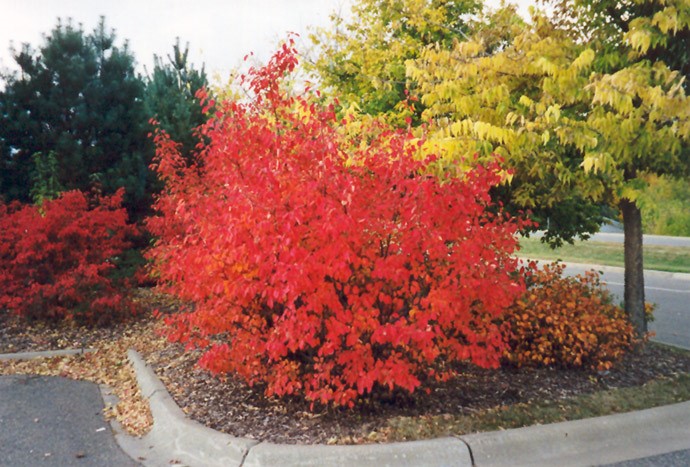
This tree produces hermaphrodite flowers meaning they contain both the male and female organs. The flowers are delicate and white and usually grow in clusters of three with five petals each. The stamens are longer and light green stems that come from the flower with light pink bundles of pollen on the end. The female egg containing pistil is in the center of the flower. The berries are red and appear in the fall time. They are small and pear-shaped and will remain on the tree well into the winter.
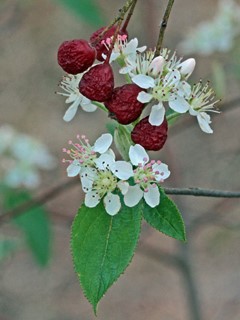
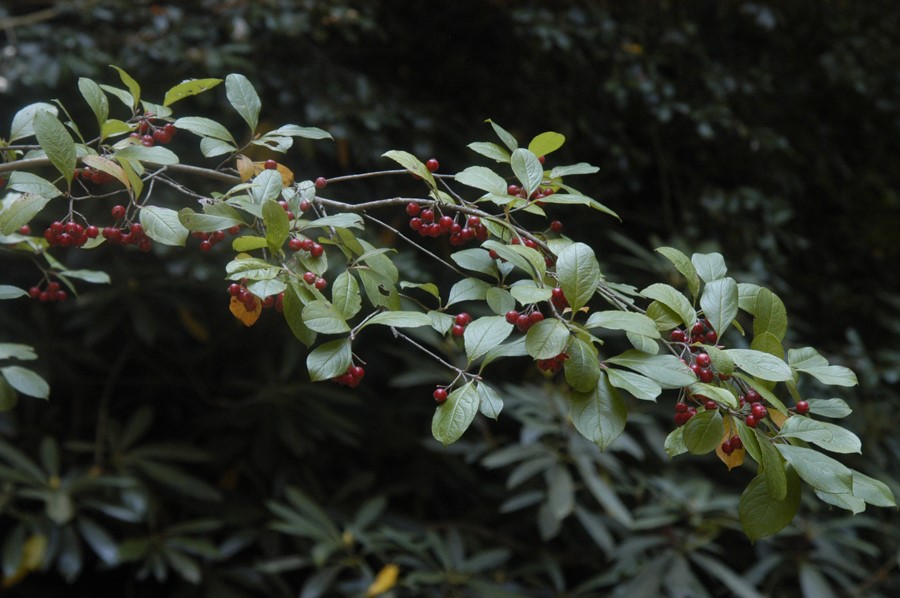
Image of chokeberry flowers and fruit. Photos taken by Will Stuart. Photo on the bottom is of the berries. Photo from Mt. Cuba center for plants.
